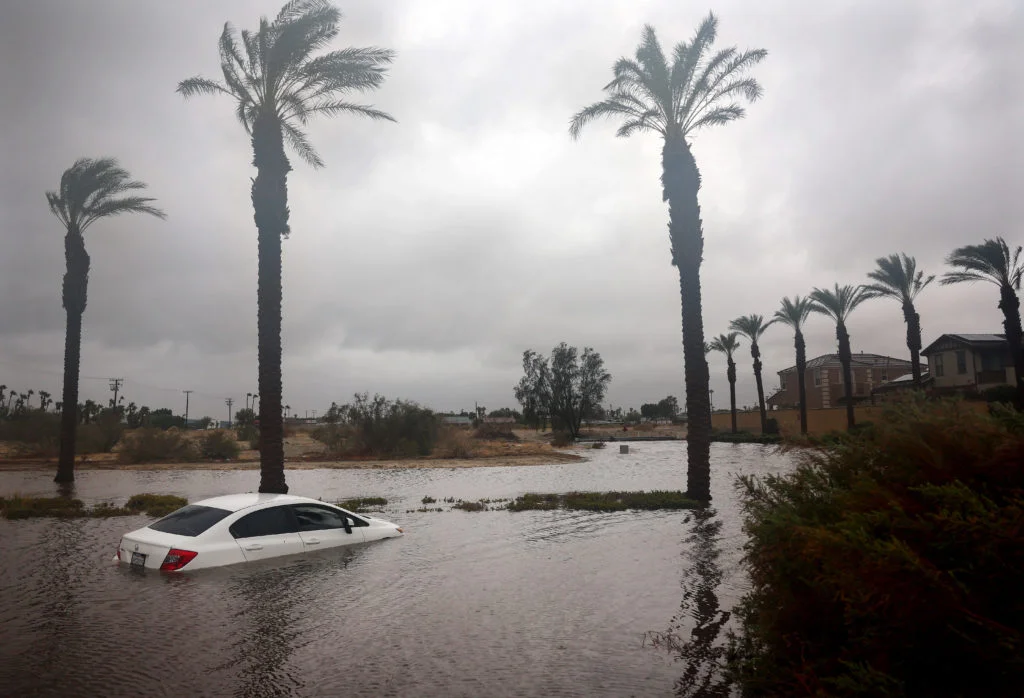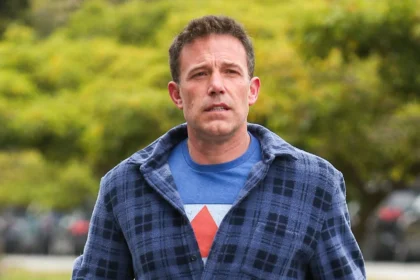Southern California and the Southwestern United States are bracing for the continuing impact of the former Hurricane Hilary, which has now been downgraded to a subtropical cyclone. The region has been hit hard by heavy rain, flash flooding, and the threat of mud and rockslides. With the National Hurricane Center warning of potential “life-threatening and locally catastrophic” flooding, authorities are taking extensive measures to mitigate the damage and ensure public safety.
Hilary, initially a Category 4 hurricane, weakened to a tropical storm before making landfall on Sunday, only to be further downgraded to a subtropical cyclone early on Monday. Despite its downgrade, the storm’s effects have been far-reaching, resulting in widespread flooding, rockslides, and mudslides. These events have significantly disrupted daily life in the affected areas.
Unprecedented Flooding and Damaging Effects
Parts of the region have experienced unprecedented flooding, as Hilary dumped more than half of the average annual rainfall on certain desert and mountainous areas. Palm Springs, for instance, received nearly 3 inches of rain by Sunday evening. This excessive rainfall has caused tens of thousands of power outages, with even essential services like 911 being temporarily lost.
Warnings and Precautions
In response to the impending disaster, the National Weather Service’s Weather Prediction Center issued flood watches for several regions, including Southern California, northwest Arizona, Nevada, Utah, Oregon, Idaho, and Washington. The watches signal the potential for flooding and encourage residents to take necessary precautions to protect their lives and property.
Nevada authorities, led by Governor Joe Lombardo, have announced states of emergency in response to the anticipated repercussions of Tropical Storm Hilary. With Las Vegas and Death Valley National Park at risk for significant flooding, emergency measures are being put in place to ensure public safety.
In an unprecedented move, the Los Angeles Unified School District—the second-largest school district in the country—announced the closure of all schools, campuses, and after-school programs for Monday. This decision, fueled by the unique nature of Tropical Storm Hilary and its potential dangers, underscores the gravity of the situation.
California Governor Gavin Newsom and President Joe Biden have mobilized federal resources to support the affected areas. Biden’s declaration of a state of emergency allowed for the deployment of FEMA personnel and supplies to California. The Coast Guard also positioned aircraft strategically to expedite response and rescue efforts.
Tropical Storm Hilary’s impact on Southern California and the Southwestern region has been substantial, bringing heavy rain, flash flooding, and the threat of mud and rockslides. The storm’s downgrade to a subtropical cyclone has not diminished its destructive potential, and authorities are taking extensive precautions to safeguard lives and property. As the region works to recover from the immediate aftermath, the need for emergency response and community support remains paramount.




